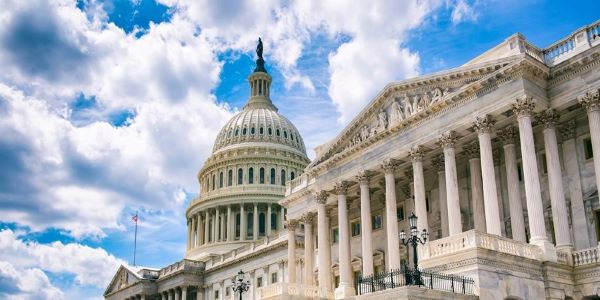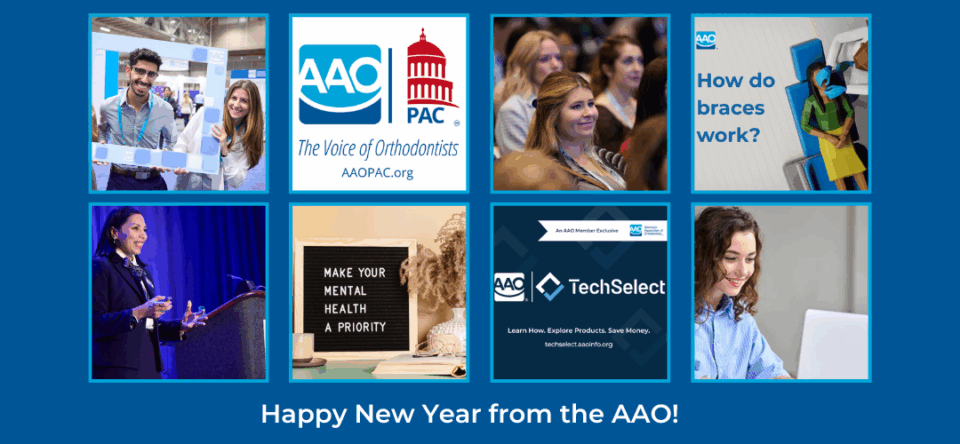On June 10, 2021, the Occupational Safety and Health Administration (OSHA) released its 900-page COVID-19 Healthcare Emergency Temporary Standard (ETS) for employee safety measures going forward.
No Major Renovations Needed: As noted in last week’s eBulletin, many concerns had been raised that a new ETS by OSHA could require orthodontic procedures to be performed in a negative airflow room, or include similarly costly and burdensome HVAC requirements. The AAO has advocated alongside Cozen O’Connor over the last year that requirements like this would be cost-prohibitive, especially considering the difficult year so many orthodontists and dentists have had. We are pleased to share the new ETS does not impose these types of requirements.
Mandates of Covered Employers: OSHA only issues emergency temporary standards under limited circumstances, and this is the first such standard to be released in 38 years. It will remain active until replaced by a permanent standard or OSHA determines COVID-19 no longer presents a significant threat to the covered workforce. The ETS mandates the following of covered employers (see below for possible exemption for some orthodontic practices and other healthcare providers):
- To conduct a hazard assessment and implement a COVID-19 plan for each workplace and designate a workplace “coordinator” to ensure compliance with that plan;
- To screen and triage patients, clients, and other visitors for symptoms of COVID-19 before entering the workplace;
- To provide and ensure employees wear face masks when indoors and when occupying a vehicle with other people while working;
- To provide respirators and other PPE for employees exposed to others with suspected or confirmed COVID-19 virus;
- To allow for the voluntary use of respirators instead of face masks (under what OSHA is calling its “mini respiratory protection program”);
- To notify certain employees if a person who has been in the workplace is COVID-19 positive;
- To remove employees who have suspected or confirmed COVID-19 symptoms and, in some cases, provide pay and benefits to those employees up to $1,400 per week (reductions to that amount for employers with fewer than 500 employees);
- To provide reasonable time and paid leave for vaccinations and vaccine side effects;
- To train employees on workplace policies and procedures regarding COVID-19;
- To maintain existing ventilation systems;
- To perform routine cleaning and disinfection;
- To set up an anonymous internal process for employees to complain about COVID-19 hazards;
- To implement protections against retaliation; and
- To record all employee cases of COVID-19 on a “COVID-19 log” without regard to occupational exposure.
Limited Guidance on Vaccinated vs. Unvaccinated: OSHA does not regulate employers’ customers; therefore, the ETS suggests that employers’ unvaccinated customers, visitors, or guests be required to wear face masks, but does not specifically address asking about vaccinated status due to the numerous state and local laws prohibiting such inquiries. The ETS also does not address how to go about asking or verifying if employees are vaccinated. More on that can be found inside the Cozen O’Connor ETS blog update here.
Possible Exemptions: The ETS preamble states that non-hospital ambulatory care settings may not be covered by the ETS (i.e., would be exempt from the requirements set out in the ETS) where “the employer develops and implements policies and procedures to screen all non-employees prior to entry and does not permit those with suspected or confirmed COVID-19 entry into the facility.” Orthodontic settings were specifically listed as an example of a possibly exempted employer. The Legal & Advocacy Team continues to work closely with our lobbying firm Cozen O’Connor to gain clarity from OSHA, including any confirmed exemptions for orthodontic practices with the necessary screening protocols in place.
We will be sure to provide any relevant updates and clarification coming from OSHA on the ETS.
Additional ETS Resources:
Explanation of “screening” for the purposes of this rule can be found on Pages 640-641 HERE



